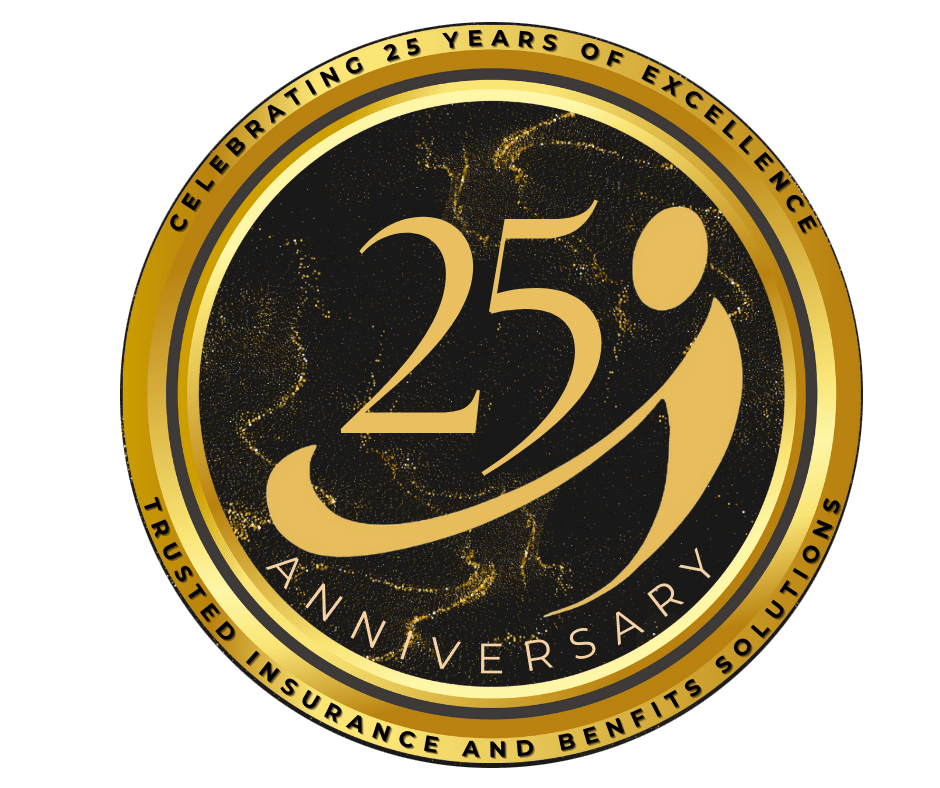In our previous Blog, we spoke of how Personal Spending Accounts (PSAs) are set up by employers to enable their employees to have greater flexibility in how those dollars are spent. Typical Employee Benefit plans have dollar amounts allocated to specific categories such as dental, vision, etc. In reality, these are plans which mostly benefit the sick when some employees would like to have the option to use their benefits to stay healthy! Today, we would like to further this conversation by elaborating on how the PSA works and what options you could have in the design of your PSA.
How This Works
PSAs are often created in addition to regular Employee Benefit plans. Employers determine the Total PSA Spending Dollars which are allocated to each employee during a Benefit Year. Employees choose how to spend those dollars within parameters that the employer has laid out. The plan is designed to offer an employee both Non-Taxable and Taxable Spending Accounts. Any monies spent by the employee in the “Taxable” category are added to the taxable income of that employee and withholding taxes will apply accordingly. Meanwhile, these accounts provide the employee with additional dollars which encourage them to make choices to invest in their health according to their personal choices and lifestyles.
It is important to note that on an annual basis, employees must appoint to which account they wish for their funds to be designated – Taxable or Non-Taxable. The employee can choose to assign all of their PSA funds to one account or divide them between the two accounts – their CHOICE!
At Health Risk, we assist the Employer in assembling a menu of options for their employees to choose from for spending their PSA dollars. These accounts can be designed to offer products or services which are usually outside the Employee Benefits packages or for which the employee has exceeded their annual maximums within their plan.
The Non-Taxable options could include: (all eligible Health, Dental & Vision expenditures)
Paramedical Health Therapies:
- such as Naturopaths, Massage Therapy, Acupuncture, Dieticians, Osteopaths, Chiropractic etc.
Mental Health Care:
- such as counseling from psychologists and counselors.
Dental:
- such as Orthodontics
Vision
- such as Laser Eye Surgery and Expensive Glass wear
The Taxable options could include but are not limited to:
Health Related:
- Weight Management Programs (includes foods & supplements) and professional weight loss or nutrition counseling
- Nutritional items or supplements prescribed by a Naturopath or Paramedical professional
- Smoking Cessation programs that would include Hypnosis and herbal treatments
- Stress Management programs
- Alternative healing therapies not covered under the Non-Taxable option such as Laser Therapy
Wellness Related:
- Certified fitness instruction (personal trainer)
- Instructed fitness & wellness classes such as aerobics, palates, yoga, swimming, dance
- Membership Fees to a fitness center or gym
- Fees for physical activities or sports leagues such as hockey, curling, bowling, or golf
- Purchase of new or used home fitness equipment
- Athletic sports equipment such as skis, helmets, bicycles
- Athletic footwear such as running shoes or hiking boots
Retirement or Savings Plans
- Registered Retirement Savings Plan – RRSP (Personal or Group)
- Tax Free Savings Accounts – TFSA – (Personal or Group)
- Registered Education Savings Plan – RESP
Personal Insurance
- Life Insurance (Personal or Group)
- Disability Insurance (Personal or Group)
- Critical Illness Insurance (Personal or Group)
- Long Term Care Insurance (Personal or Group)
Family Care
- Daycare/home care/nanny fees
- Dependent Care – such as caregiver support and home care assistance
- Expenses related to the care of a dependent such as a spouse or parent
Professional Development
- Tuition, books, seminars, course travel costs, etc.
- Voluntary association fees
- Software related to professional development
Transportation Costs
- Could include Bus, C-Train, or other means of transportation to and from work
Financial/Legal Services
- Support financial health and reduce stress.
Pet Care
- Expenses involved with kenneling, training, and veterinarian fees.
The best part of PSAs is the way that they encourage employees to take the initiative to take care of their health in a proactive way, and not just view employee benefits as a reactive safety net for when they get sick.
At Health Risk Services, we have worked with employers extensively to develop Personal Spending Accounts for their employees. We are able to create Stand Alone Personal Spending Accounts OR set them beside Traditional Plans, or combine them with Health Spending Accounts, creating what we call a “Flexible Spending Account.”
If you are interested in learning how a Personal Spending Account could be created at your company, or for you personally as an entrepreneur, talk to us. Health Risk Services has been creating and managing Personal Spending Accounts, Flexible Spending Accounts and Health Spending Accounts for over 20 years for many clients across Canada! We have the experience to create the type of “spending account” that will suit your personal, individualized, and unique circumstances.
Give us a call at 403-236-9430













